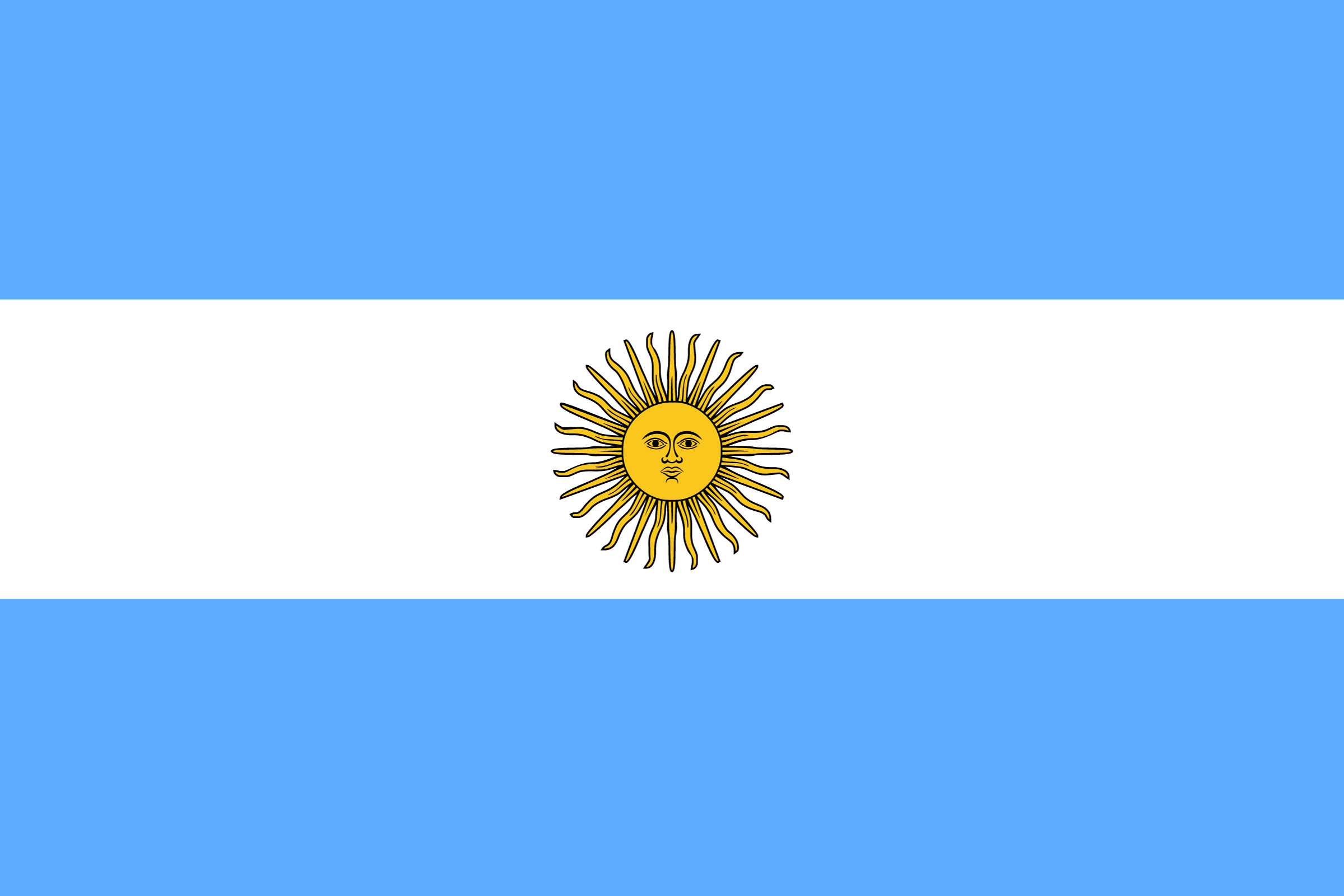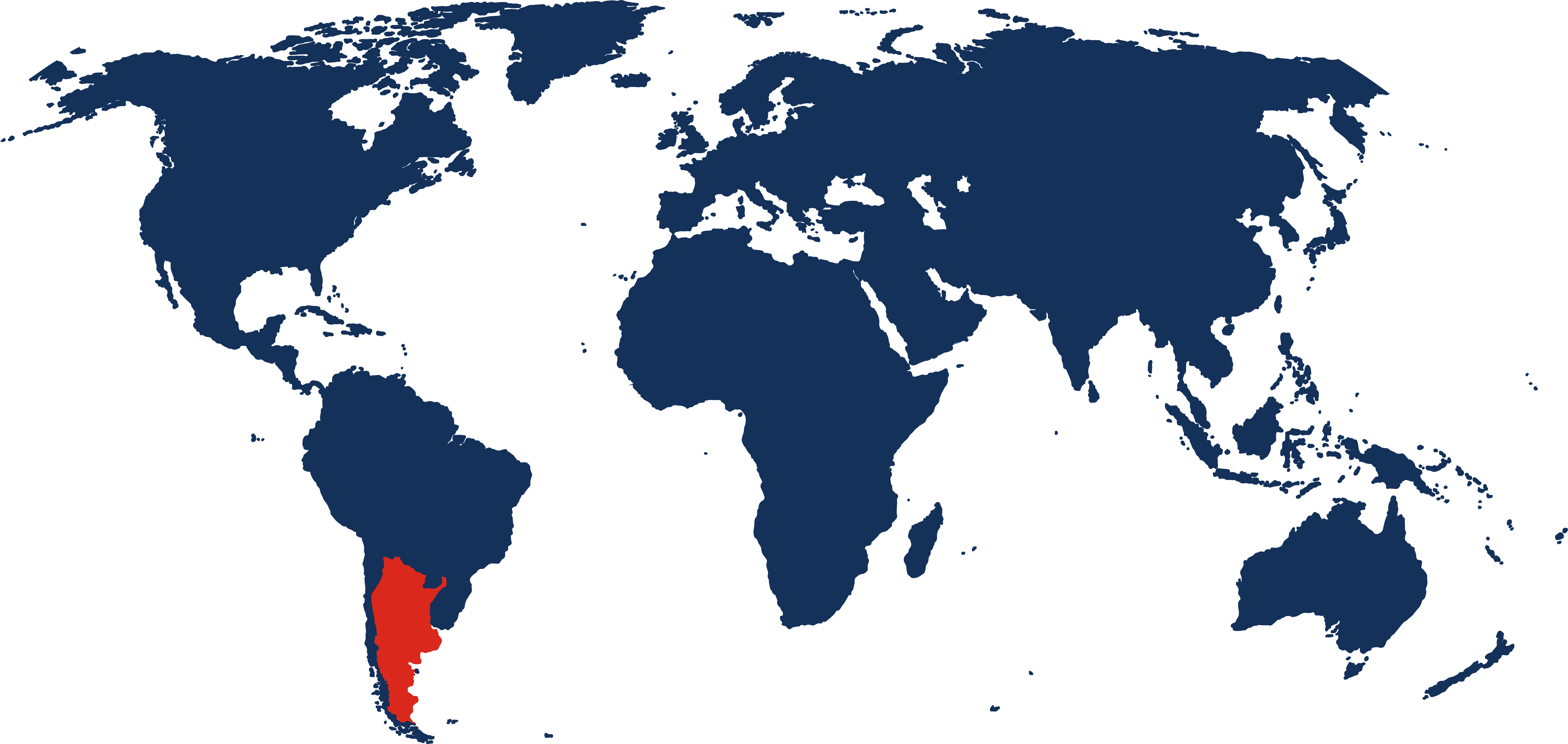Argentina Travelogue
Articles
Travelogues
View more from News & Articles or Primerus Weekly

By Tom Kirvan
The second largest country in South America, Argentina is bordered by Chile to the west, Bolivia and Paraguay to the north, Brazil to the northeast, Uruguay and the Atlantic Ocean to the east, and the Drake Passage to the south.
Argentina is divided into 23 provinces and one autonomous city, Buenos Aires, the most populous in the nation with 3.1 million inhabitants and some 16.7 million residents metro-wide. The country also stakes claims over the South Georgia and the South Sandwich Islands, the Southern Patagonia Ice Field, and part of Antarctica, the Earth’s southernmost and least-populated continent.
A former Spanish colony, Argentina stretches from the subtropical north to the subantarctic regions of Patagonia to the south, and sports a rich cultural, artistic, and architectural heritage. The birthplace of the tango, perhaps the most iconic of Latin dances, Argentina also is known for its natural wonders, headlined by the majestic Iguazu Falls, the world’s largest group of waterfalls. Protected as a UNESCO World Heritage Site, Iguazu borders Brazil and is comprised of some 150 to 300 individual falls along its edge, a number that changes depending on the season.
Another popular tourist attraction is the Perito Moreno Glacier, located in Patagonia’s Los Glaciares National Park. Named after a 19th century explorer, the glacier is a 30-kilometer-long ice formation, holding the world’s third largest freshwater reserve in its mass. Another eye-popping feature of the Los Glaciares National Park is Monte Fitz Roy, a towering 11,171-foot peak that ranks among the most difficult mountains to climb in the world because of its sheer steepness and the unpredictable winds that buffet climbers.
In northwest Argentina, the Quebrada de Humahuaca is another spectacular tourist attraction, boasting a blend of natural wonders and pre-Incan cultural features. El Hornocal, otherwise known as the “Mountain of 14 Colors,” showcases bands of multi-colored limestone formations, reaching heights of more than 16,000 feet above sea level.
Long known as one of South America’s most vibrant and attractive cities, Buenos Aires is laced with splendid old colonial buildings, colorful neighborhoods, and delightful art galleries and museums. In the trendy La Boca neighborhood, the quirky Caminito Street Museum is an open-air attraction featuring brightly painted houses, amusing sculptures, cafes, music, and tango dancers in the streets.
For those with a fascination for the afterlife, the Recoleta Cemetery in Buenos Aires dates back to the early 18th century and contains more than 6,400 graves, vaults, and mausoleums. This so-called “City of the Dead” is the forever home of Eva Perón, the First Lady of Argentina from 1946-52 who was immortalized in the Andrew Lloyd Webber 1978 musical “Evita.” Also laid to rest there are Argentinian presidents, Nobel Prize winners, famed authors and artists, racing car drivers, actors, war heroes, and the granddaughter of Napoleon – a veritable “Who’s Who” of influential figures from the past two centuries.


Capital: Buenos Aires
Language: Spanish
Population: 47.3 million
Religion: Christianity
Area: 1.1 million square miles
Must-see Attraction: Iguazu Falls
Primerus Member: Badeni, Cantilo, Carricart & Bilbao (BCCB)
Based in Buenos Aires, BCCB has been a Primerus member since 2013. Throughout its history, the firm has handled varied aspects of complex business transactions and litigation.